Home>Ideas and Tips>Soundproof Window Installation to Reduce Outside Noise
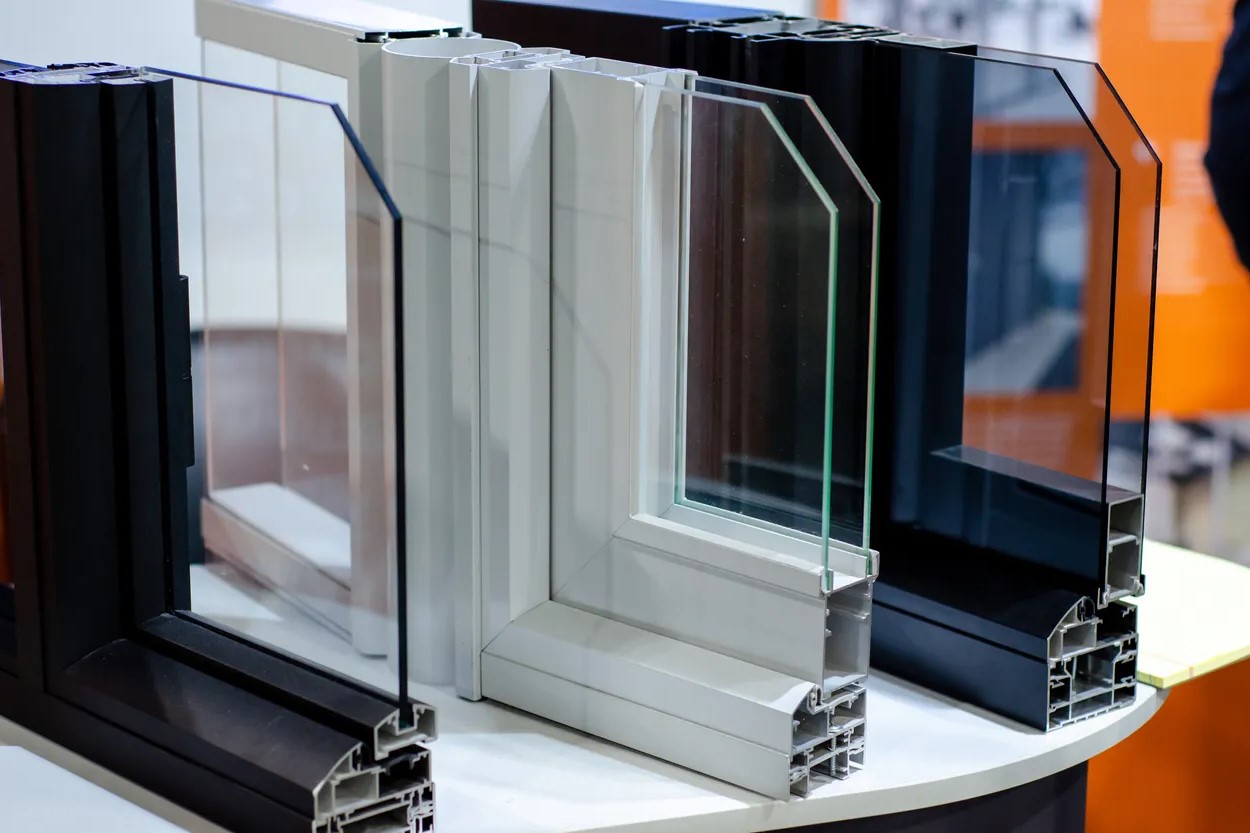

Ideas and Tips
Soundproof Window Installation to Reduce Outside Noise
Modified: October 19, 2024
Learn how to reduce outside noise with soundproof window installation. Discover DIY techniques and professional tips for a quieter home.
(Many of the links in this article redirect to a specific reviewed product. Your purchase of these products through affiliate links helps to generate commission for Storables.com, at no extra cost. Learn more)
Living in a busy city or near a noisy neighborhood can be challenging, especially when it comes to maintaining a peaceful indoor environment. One of the most effective ways to reduce outside noise is by installing soundproof windows. In this article, we will delve into the world of soundproof windows, exploring various methods and techniques to minimize external noise and create a more serene living space.
Understanding Soundproof Windows
Before we dive into the installation process, it's essential to understand how soundproof windows work. Sound travels through two primary mediums: air and materials. When sound waves hit a window, they can either pass through the glass or be absorbed by the materials within the window system. Modern soundproof windows are designed to minimize sound transmission by incorporating multiple barriers and dampening materials.
Read more: How To Reduce HVAC Noise
Key Features of Soundproof Windows
-
Multiple Glass Panes: One of the most effective features of soundproof windows is the use of multiple glass panes. Double-pane and triple-pane windows are particularly popular for their noise-reducing capabilities. The gap between the panes is often filled with a gas like argon, which helps to further reduce sound transmission by mulling and cushioning the sound waves as they travel through the window system.
-
Gas Spacers: The gas spacers between the panes not only improve energy efficiency but also play a crucial role in soundproofing. These gases help to dampen sound waves by absorbing and reflecting them, thereby reducing the amount of noise that enters your home.
-
Varying Glass Thickness: Some soundproof windows feature glass panes of varying thickness, known as mixed millimeter glass design. This design helps to dampen sounds at different frequencies, providing additional soundproof protection.
DIY Soundproofing Techniques for Existing Windows
While replacing your windows with soundproof ones is an effective solution, it can be expensive and may not be feasible for everyone. Fortunately, there are several DIY techniques you can use to soundproof your existing windows:
1. Acoustic Caulk
Acoustic caulk is a product specifically designed to plug air gaps and provide a noise insulation barrier. It is inexpensive and easy to use, making it a great option for those looking to improve their home's sound resistance without breaking the bank.
How to Apply Acoustic Caulk:
- Remove Old Caulk: Use a putty knife to remove all old caulk from around the window frame. Be careful not to damage the frame.
- Clean the Area: Use a clean cloth and non-abrasive soap to clean away any dirt or grime from the area.
- Apply Masking Tape: Place masking tape around the frame to ensure you don’t make a mess with the caulk.
- Apply Caulk: Apply the acoustic caulk at a 45-degree angle slowly and evenly.
- Smooth Out: Use a butter knife or spoon to smooth out the caulk.
- Remove Masking Tape: Once the caulk is dry, remove the masking tape.
2. Weatherstripping
Weatherstripping is another effective method for plugging air gaps around windows. It is made from materials like foam and silicone and can be easily installed.
How to Install Weatherstripping:
- Clean the Area: Clean around the window jambs using non-abrasive soap and warm water. Make sure to dry the surface once you are done.
- Cut Weatherstripping: Cut the weatherstripping to the exact dimensions of your windows.
- Install Weatherstripping: Stick the strip down firmly, ensuring that there are no gaps in the corners or folds that may prevent the window from closing properly.
Read more: How To Reduce Projector Fan Noise
3. Window Inserts
Window inserts are glass panels installed in front of your existing windows. They create an air space between the insert and the window, which helps to keep most sound vibrations from passing through the glass.
How to Install Window Inserts:
- Measure Your Windows: Measure your windows to determine how much space you need for the inserts.
- Cut the Inserts: Cut the glass inserts to fit your windows.
- Install Inserts: Place the inserts in front of your existing windows, ensuring they fit snugly and create an air space between them.
Professional Installation
While DIY techniques can be effective, professional installation is often recommended for optimal results. Here are some steps involved in professional soundproof window installation:
1. Preparation
Before installing new soundproof windows, it's essential to prepare your home by securing valuable items, removing removables, and disconnecting alarm systems connected to your windows.
2. Removing Old Windows
The installation company will typically remove and dispose of your old windows. It's crucial to verify this before the installation begins to avoid any confusion.
Read more: How To Reduce Electric Motor Noise
3. Installing New Windows
The new soundproof windows will be installed with durable weatherstripping and sealant to minimize sound transmission and air leaks. The installation process should be carried out by a reliable contractor to ensure long-lasting performance.
Additional Soundproofing Measures
In addition to installing soundproof windows, there are several other measures you can take to further reduce outside noise:
1. Thick Blackout Curtains
Thick blackout curtains can significantly reduce noise by dampening sound waves before they enter your home. These curtains should be about double the width of the window and have lots of folds to further reduce noise.
2. White Noise Machines
White noise machines can also help reduce outside noise by providing a constant background noise that competes with external sounds. Positioning the machine between you and the window can help you sleep better by ignoring the external noise.
3. Acoustic Panels
Acoustic panels can be installed around windows to absorb and minimize sound vibrations. These panels are designed to work in conjunction with soundproof windows to provide additional soundproofing benefits.
Conclusion
Soundproofing your windows is an effective way to reduce outside noise and create a more peaceful indoor environment. Whether you choose to install new soundproof windows or use DIY techniques, the key is to create multiple barriers and dampen sound waves before they reach your home. By following the steps outlined in this article, you can significantly improve your home's sound resistance and enjoy a quieter living space.
Final Tips:
- Regular Maintenance: Regular maintenance is crucial for keeping your soundproof windows in good condition. Use mild soap and water for cleaning, and apply lubricant to locks twice a year to keep them from sticking.
- Condensation Issues: If you notice condensation inside your windows, it may indicate compromised seals. Contact your installation company to replace the seals and ensure proper functioning.
- Combining Techniques: Combining different soundproofing techniques such as using acoustic caulk, weatherstripping, and installing window inserts can provide even better results than using a single method alone.
By understanding the principles behind soundproof windows and implementing these techniques, you can transform your home into a peaceful oasis despite the noise from outside.
Was this page helpful?
At Storables.com, we guarantee accurate and reliable information. Our content, validated by Expert Board Contributors, is crafted following stringent Editorial Policies. We're committed to providing you with well-researched, expert-backed insights for all your informational needs.

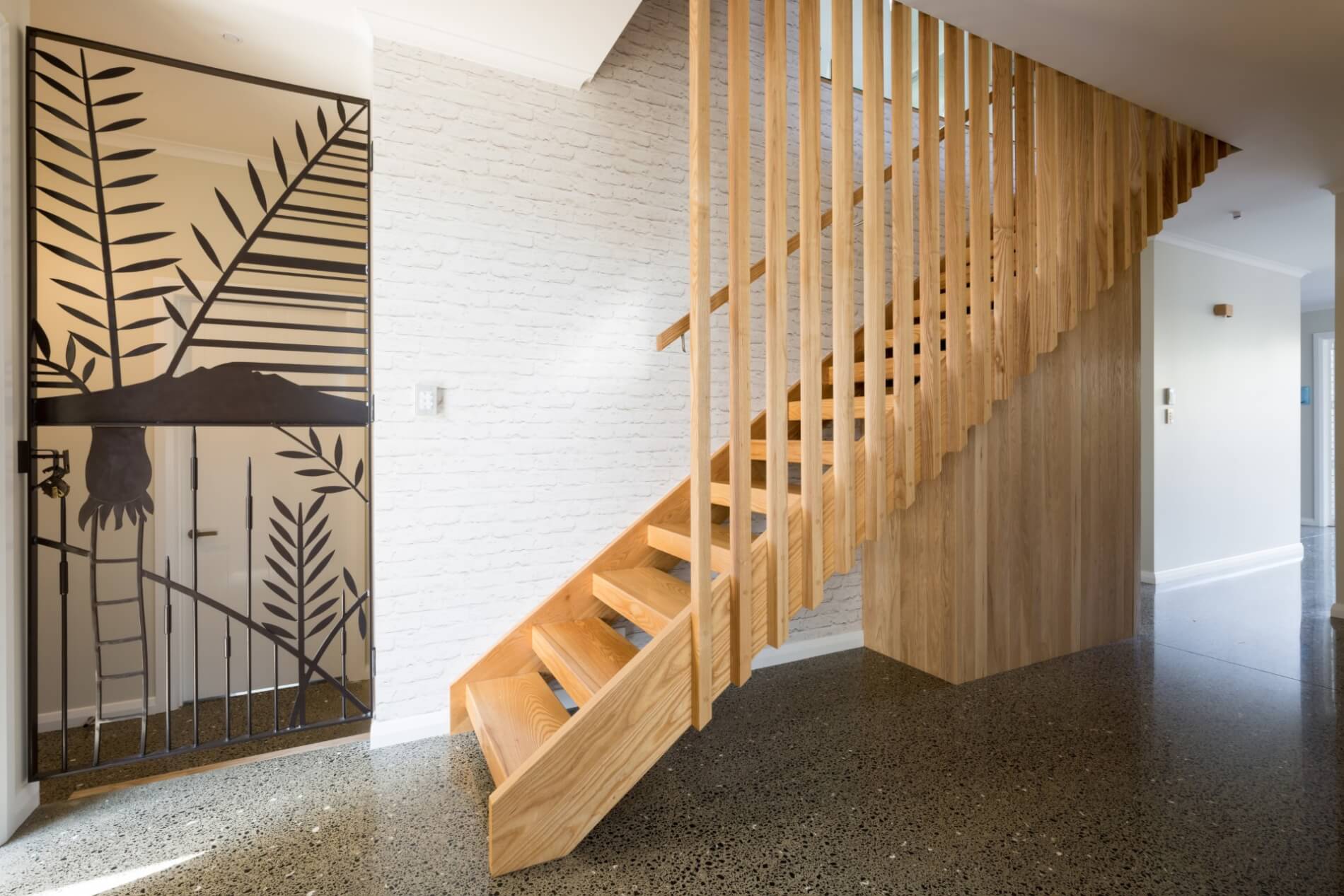


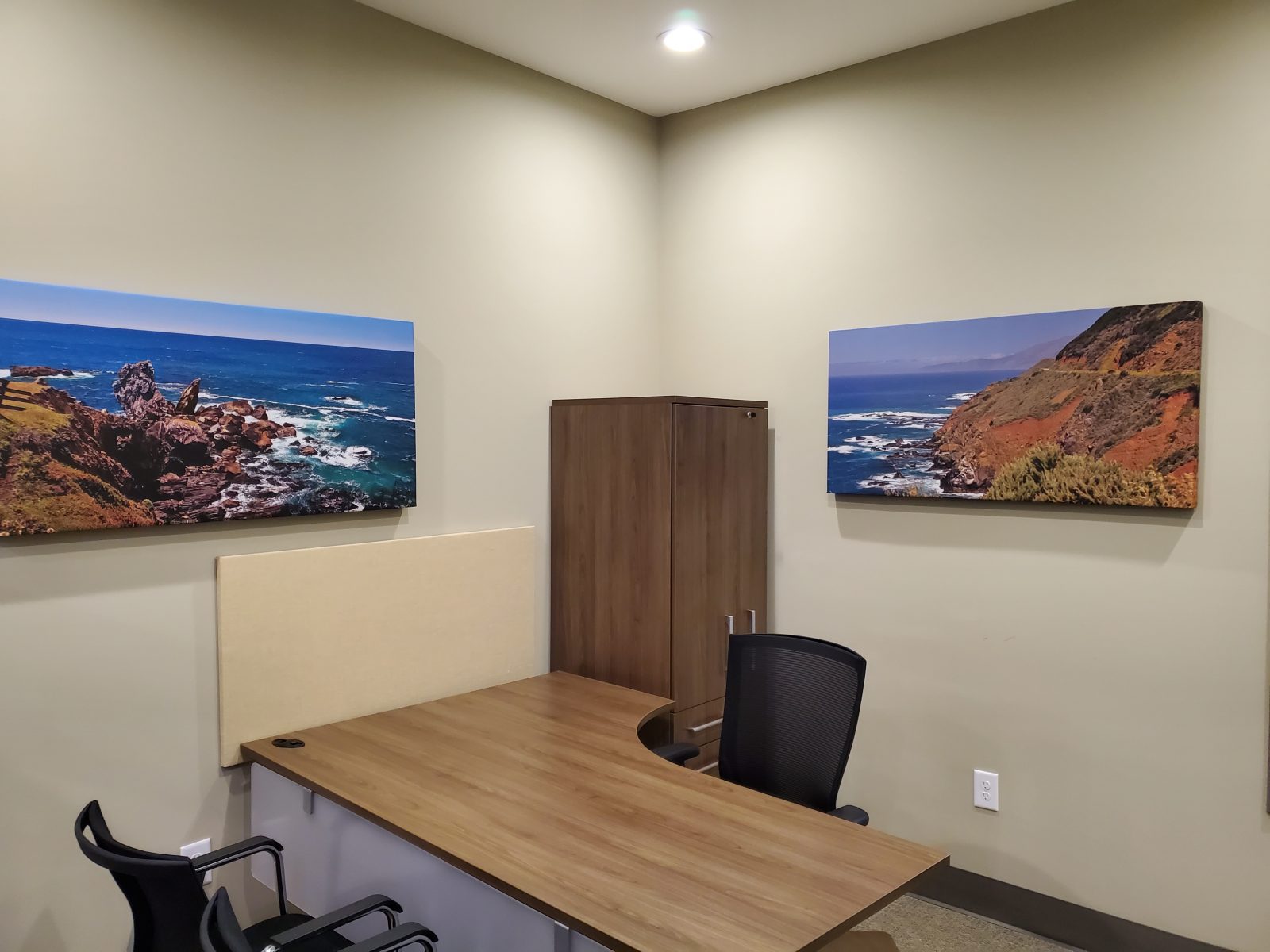
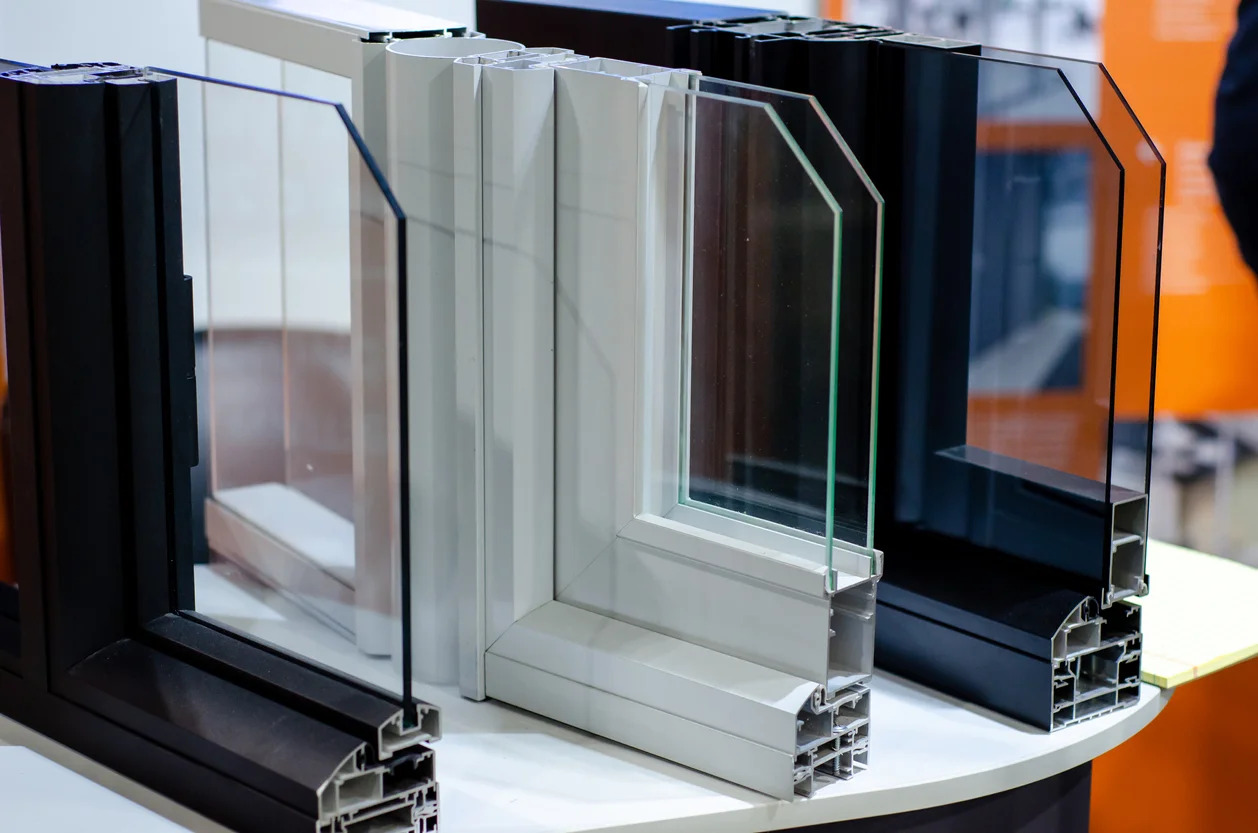
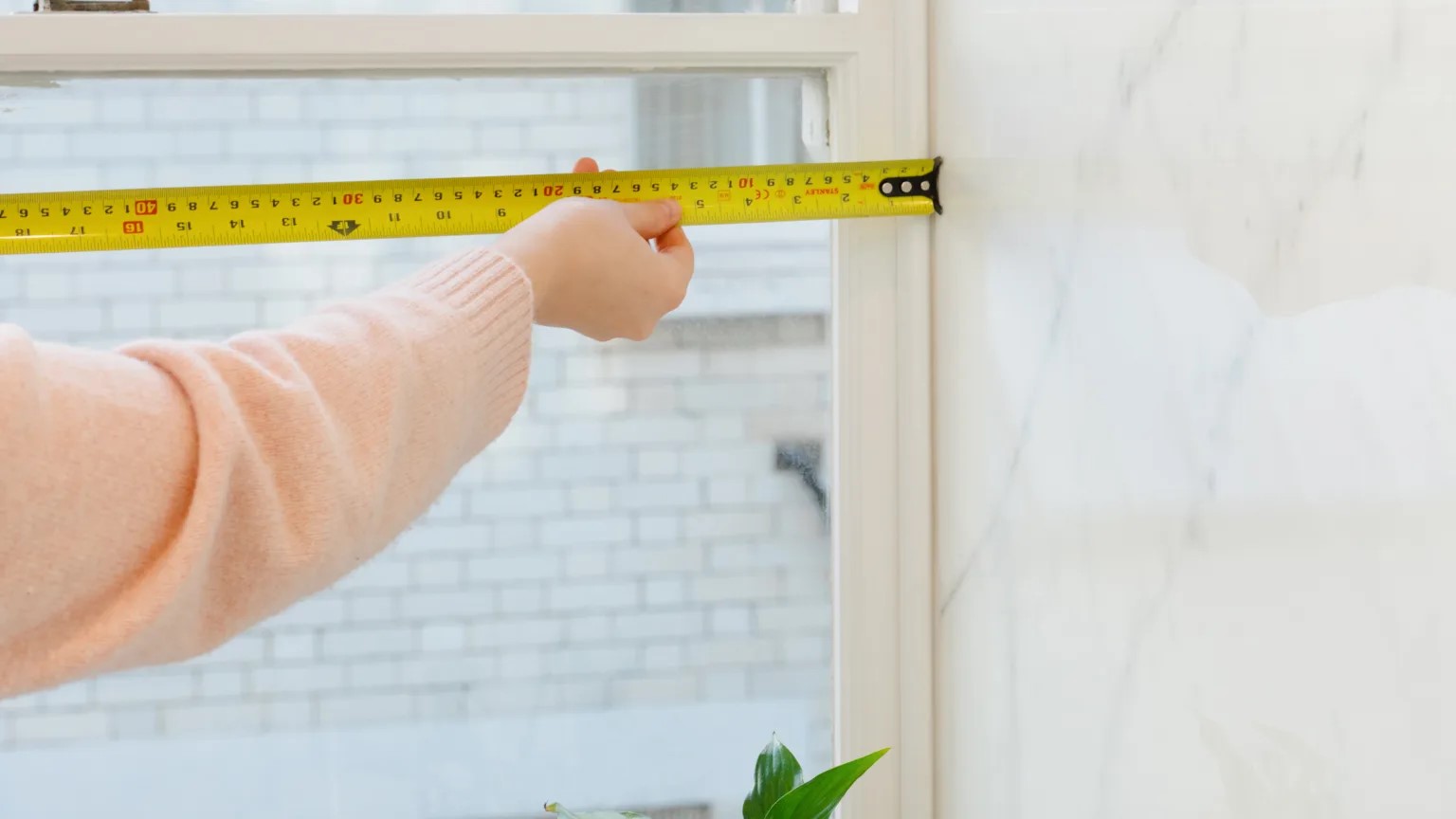
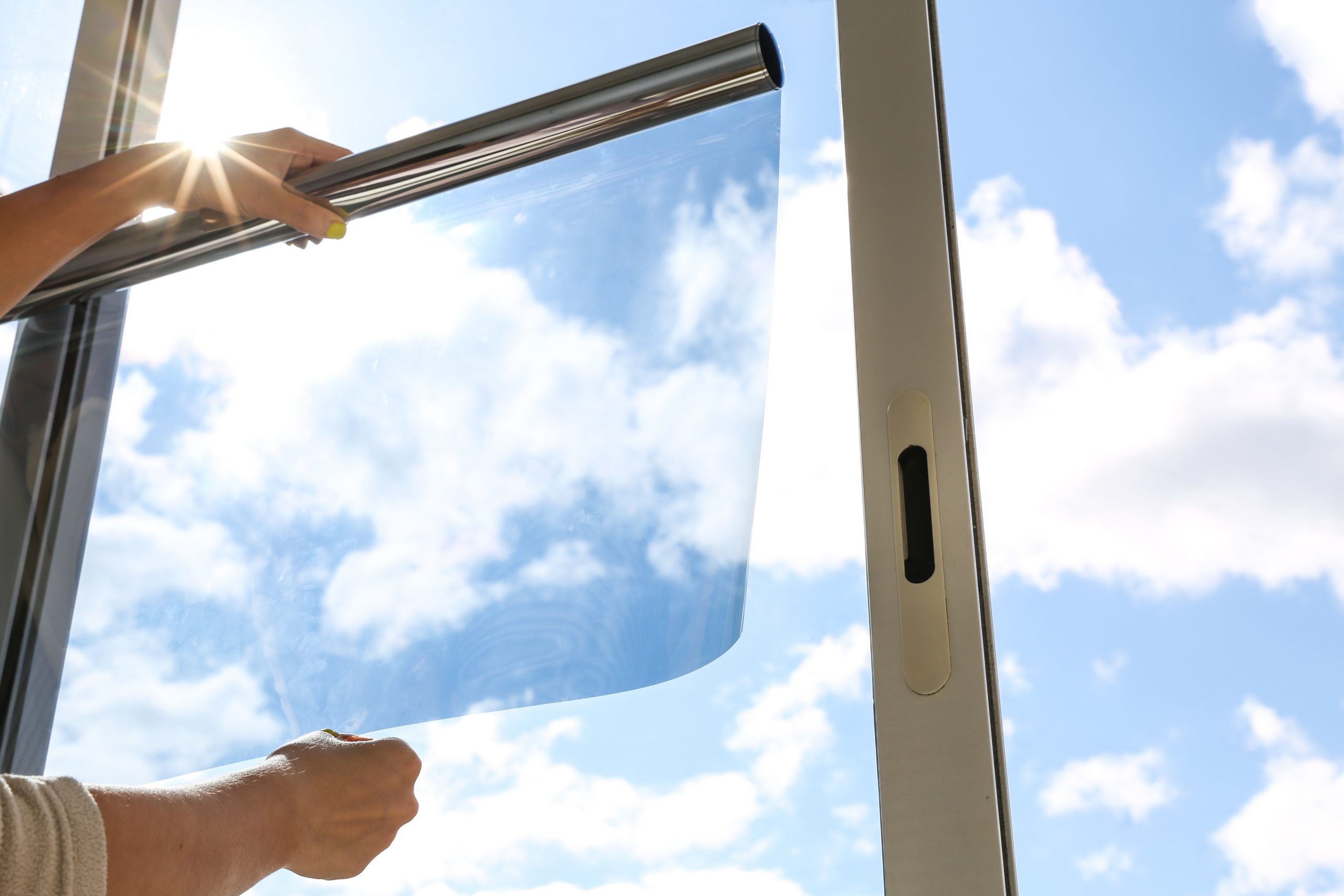
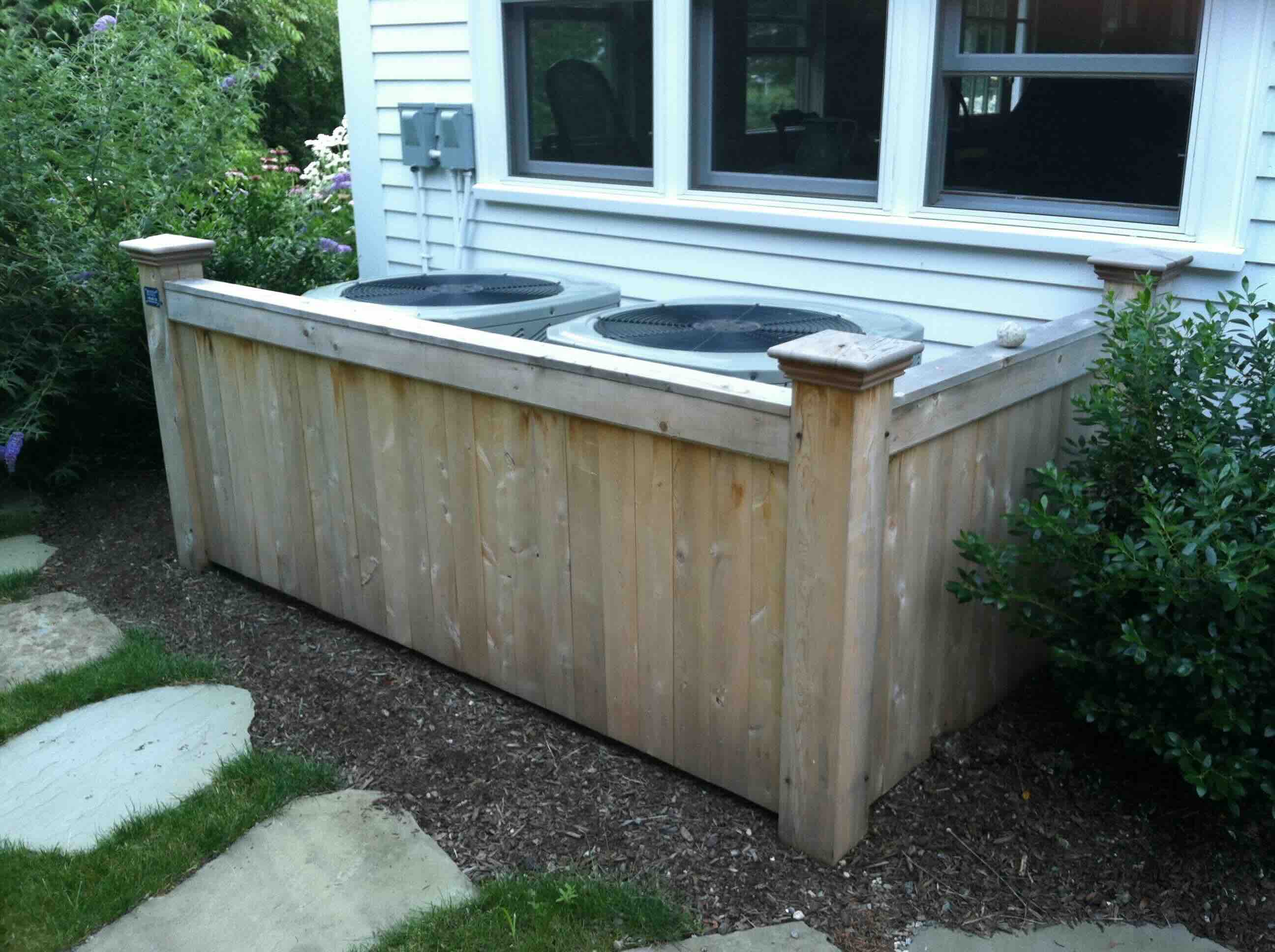
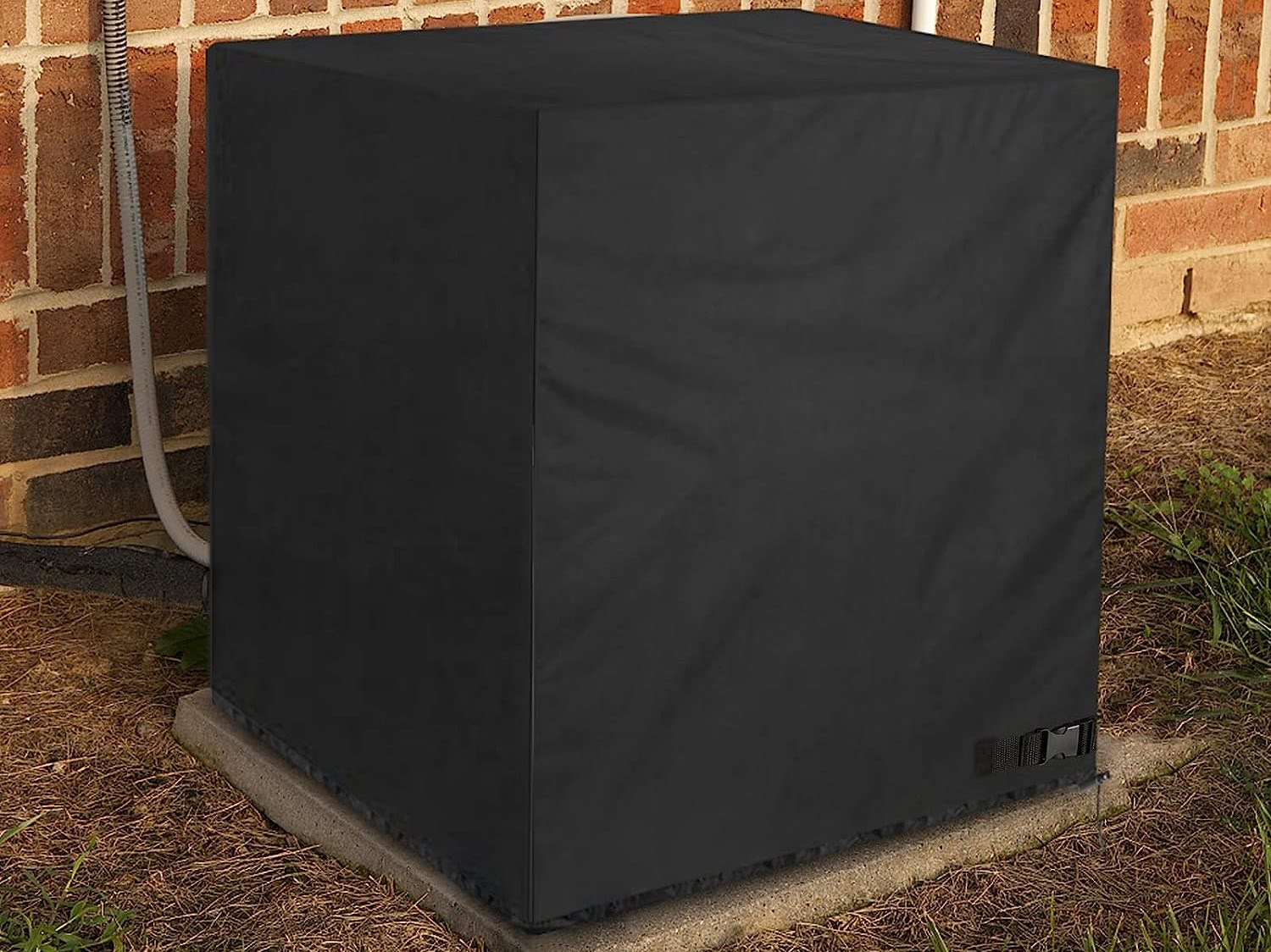
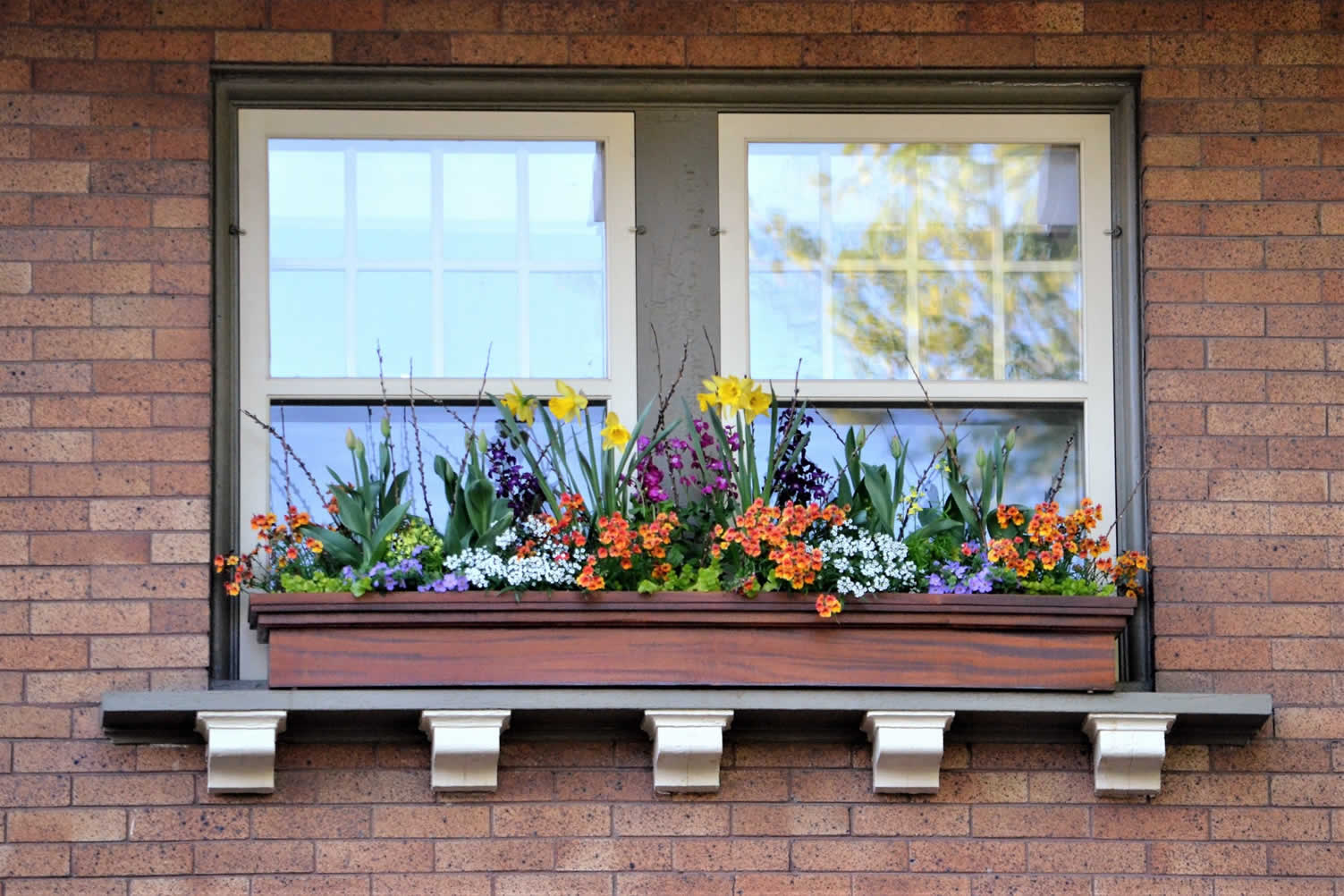
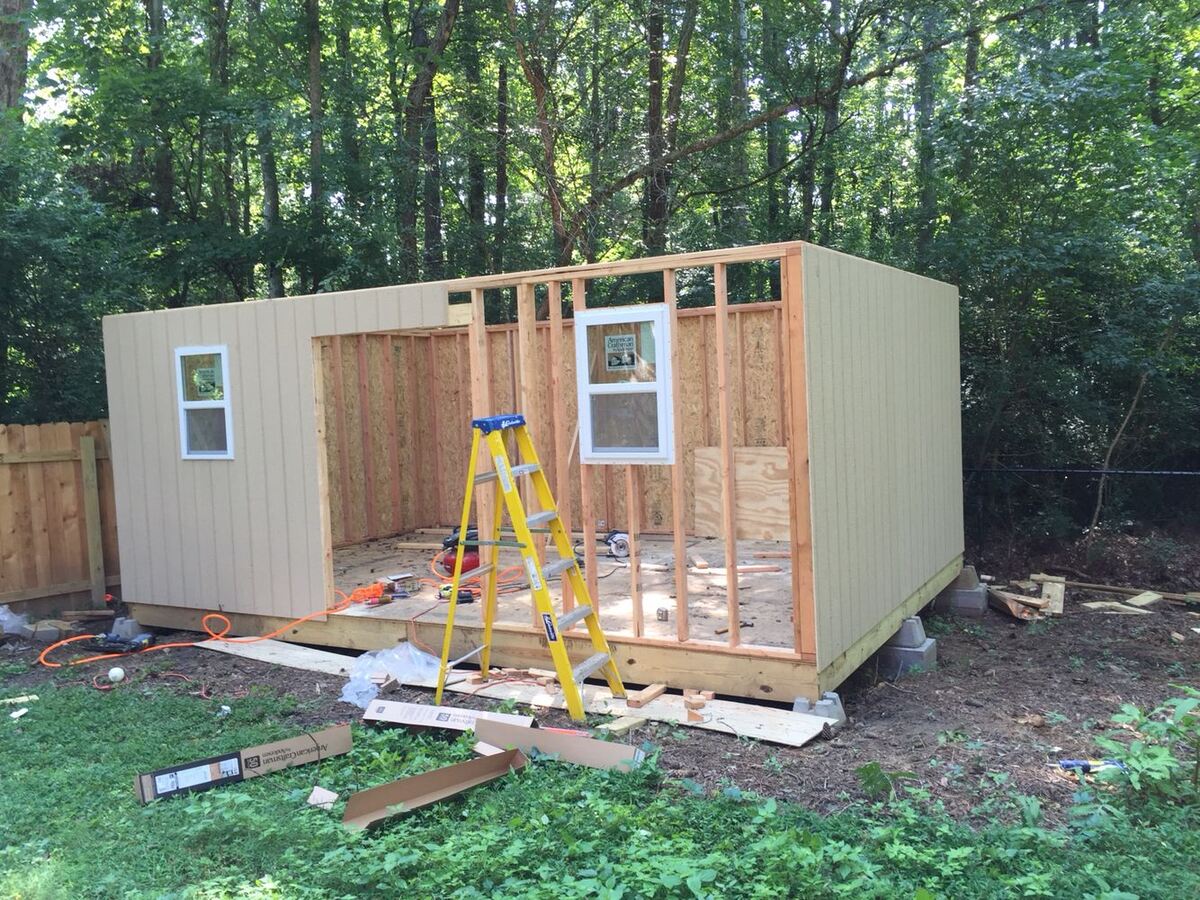

0 thoughts on “Soundproof Window Installation to Reduce Outside Noise”